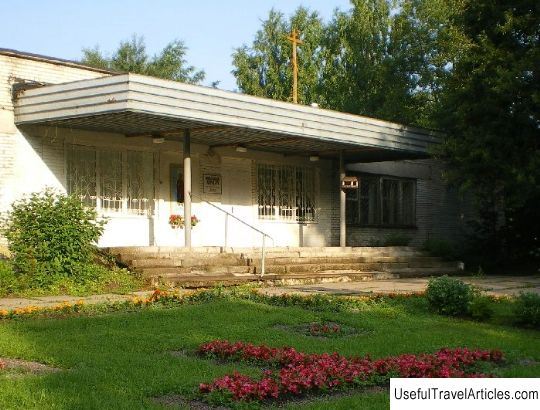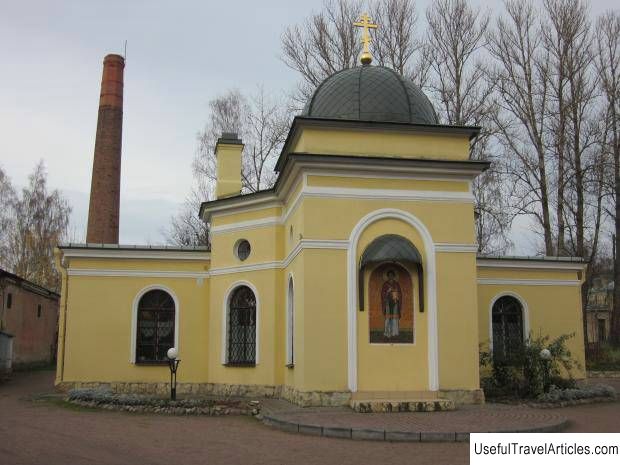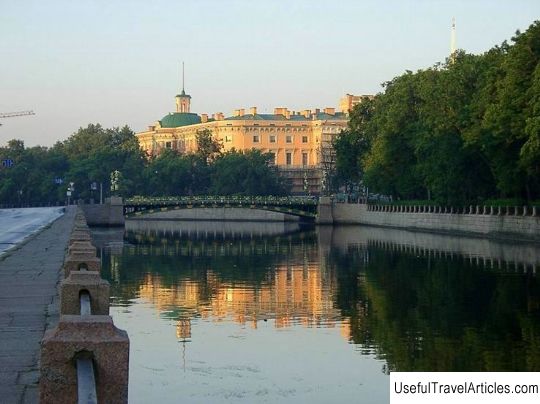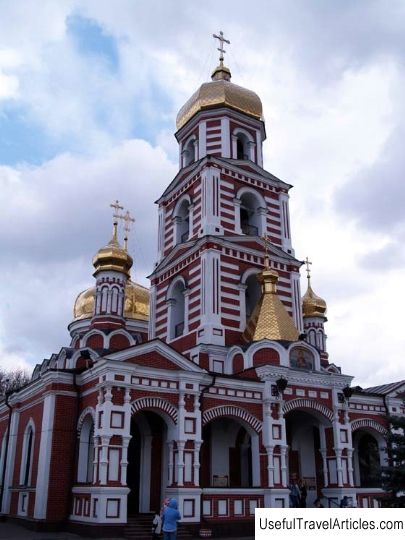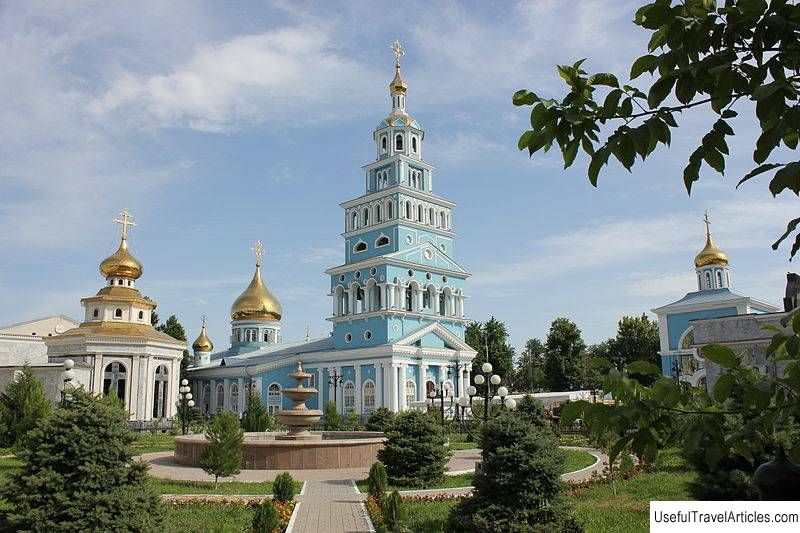Panteleimon Church description and photos - Russia - St. Petersburg: St. Petersburg
Rating: 8,6/10 (384 votes) 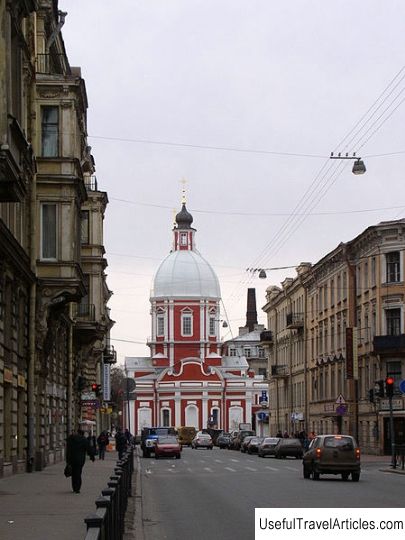
Panteleimon Church description and photos - Russia - Saint Petersburg: Saint Petersburg. Detailed information about the attraction. Description, photos and a map showing the nearest significant objects. Photo and descriptionSince the return of the diocese in 1991, the Church of the Holy Great Martyr and Healer Panteleimon in St. Petersburg, sometimes simply called Panteleimonovskaya, has been open to Orthodox parishioners. Since the day of the celebration of Epiphany in 1994, divine services have been regularly held here. Restoration work has been underway since 2002. The facade and domes have already been restored to their original form, work continues on the painting of the church. The Panteleimon Church, which belongs to the St. Petersburg diocese, is an architectural monument. It was built in the Baroque style and is located near Pestel street and Solyanoy lane (Pestel, house 2-a). Just like the St. Nicholas Naval Cathedral, the Church of the Holy Great Martyr and Healer Panteleimon is dedicated to the courage and glory of Russian soldiers. The very name of the church gave its name to the Panteleimon Bridge over the Fontanka River. The street that is now called Pestel Street was previously called Panteleimonovskaya. The history of this architectural monument begins in 1718, when, by decree of Tsar Peter I, a chapel was erected opposite the Summer Garden, consecrated in the name of St. Panteleimon. The workers of the Particular Shipyard, which was located nearby, on the Fontanka River, came there. On the day of memory of the Great Martyr, July 27 (old style), in 1714 the Russian fleet at Gangut won a victory over the Swedes, and in 1720 at Grengam Island. 2 years after the last event, on September 2, the chapel was consecrated, which replaced the chapel. The stone building of the church was built in the Anninsky baroque style by the project of the architect I. Korobov. Construction lasted from 1735 to 1739. The facade of the temple is decorated with Tuscan pilasters. The church has a bell tower, one of the structures is covered with a wooden hipped roof. The artist G. Ipatov worked on the interior decoration, the painting of the plafond and icons of the faces of the saints were painted by the artist A. Kvashnin. The newly erected building of the temple was consecrated on the day of the temple holiday in 1739, July 27 (August 7). The ceremony was conducted by Bishop Ambrose of Vologda. Since there was no heating in the church, in 1764 the chapel of St. Catherine, which was heated. Later, in 1782, he was accommodated in the refectory. From the Admiralty College, the church was transferred to the Orthodox diocese in 1765. Subsequently, the building was rebuilt. In 1834-1835. designed by V.I. The Beretti Church was renovated in the late Empire style. The facade was supplemented with marble bas-reliefs by the sculptor A.V. Loganovsky in 1840. More than once the temple was expanded and supplemented with new details. In 1852, it was completed in the direction of the Fontanka (project by I.G. Malgin). In 1875 - from the side of the former Panteleimonovskaya Street (now Pestel) according to the project of the architect V.F. Hecker, the vestibule was completed, in which the chapel was located. In 1895-1896, the architect E.E. Anikin (according to other sources I.M. Golmdorf) supplemented the ensemble from the side of the Neva River with the aisle of Prince Chernigov and his son Theodore. It is in this form that the church of the Holy Great Martyr and Healer Panteleimon has survived to this day. For a long time, the church has kept a particularly revered icon of St. Panteleimon, work of the early 18th century. Since the 60s of the 19th century, a charitable society has worked here, sponsoring an orphanage and a women's almshouse. In 1906, it was here that the first church parish council in St. Petersburg was organized. Since 1913, the brotherhood of St. Josaphat of Belgorod was located in the building of the church. The first restoration of the church was carried out in 1912. Two years later, commemorative marble plaques were installed on the facade of the church building, indicating the list of regiments that fought in battles at Grengam and Gangut. Later, an exhibition was presented here, telling about the battles of the sailing and galley fleets in the Baltic, the courage and heroism of Russian soldiers shown in the battles in the Northern War and during the defense of Hanko (Gann-gut) at the beginning of the Great Patriotic War. From 1922 until the closing date on May 9, 1936, the church was under the jurisdiction of the "renovationists" and personally the leader of this movement, Alexander Vvedensky. Later, the building of the Panteleimon Church was transferred to the jurisdiction of the Museum of History, and since 1980 the exposition "Gangut Memorial" has been located here.       We also recommend reading Green Gate (Brama Zielona) description and photos - Poland: Gdansk Topic: Panteleimon Church description and photos - Russia - St. Petersburg: St. Petersburg. |
